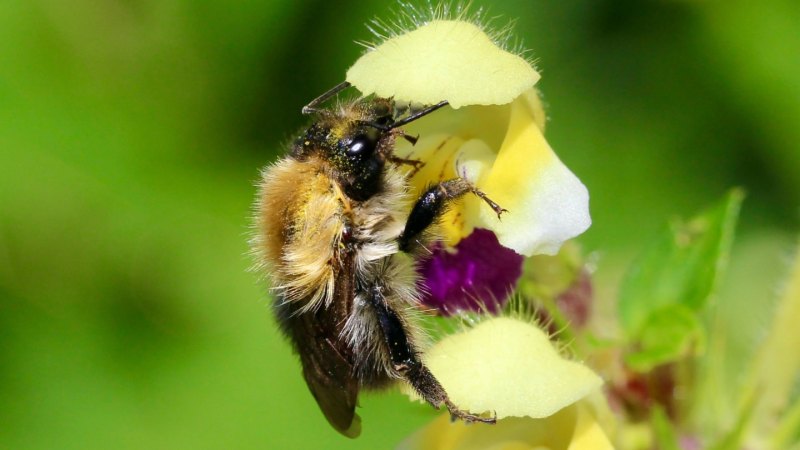Extreme Climate Survey
Science News is collecting reader questions about how to navigate our planet’s changing climate.
What do you want to know about extreme heat and how it can lead to extreme weather events?
As climate change is expected to increase the severity and frequency of heat waves, “the animals need to find a way to adapt somehow to cope with this,” says Nooten, of the University of Würzburg in Germany.
Bumblebees are known to suffer from climate change (SN: 7/9/15). A thick and furry body makes these insects well adapted to thrive in Earth’s coldest regions. But being cold-resistant in a warming world can turn fatal. So Nooten and her team wanted to understand whether heat waves could also impact the ability of bumblebees to smell flowers.
The researchers exposed around 190 individuals of two common bumblebee species (Bombus terrestris and B. pascuorum) to simulated heat waves by placing the bees in tubes for almost three hours at temperatures of 40° Celsius. A subset were also put in a dry environment, some had access to sugary resources, and some were given time to recover at ambient temperatures for 24 hours after the heat treatment.
After the simulated heat waves, the researchers cut off the bees’ antennae, which the insects use to smell, and measured whether the olfactory sensory neurons in the antennae were still able to detect chemical compounds common in many flowers, called flower scents.
The heat waves reduced the strength of the neurons’ electrical signal by up to 80 percent; workers, which are all female and forage for the hive, were more affected than males. Even worse, the antennae of the bees that had 24 hours to cool off still hadn’t recovered their sense of smell after that time. “That was surprising,” Nooten says. The team had expected those antennae to recover. The fact that they didn’t, she says, suggests the bees don’t recover swiftly, which spells trouble for getting food for the colony.
The negative effect of heat waves on worker bumblebees’ sense of smell could in fact have a cascading effect on the survival of the whole colony, Nooten hypothesizes. “It could be one explanation for why we see so many [bumblebee population] declines,” she says, together with other factors such as habitat loss.
The study “seems pretty solid”, says Dave Goulson, a bumblebee ecologist from the University of Sussex in Brighton, England, who wasn’t involved in the study. The morphology of the antennae is quite similar across bee species, he says. “If bumblebees suffer in this way, I think it’s probable that other bees would too. But until someone looks, we won’t know for sure.”


